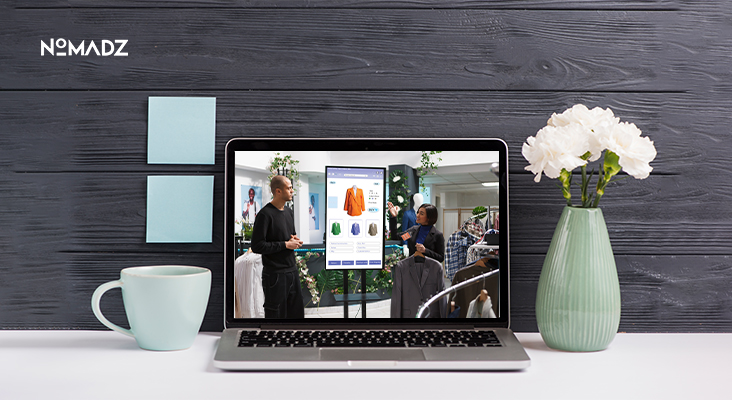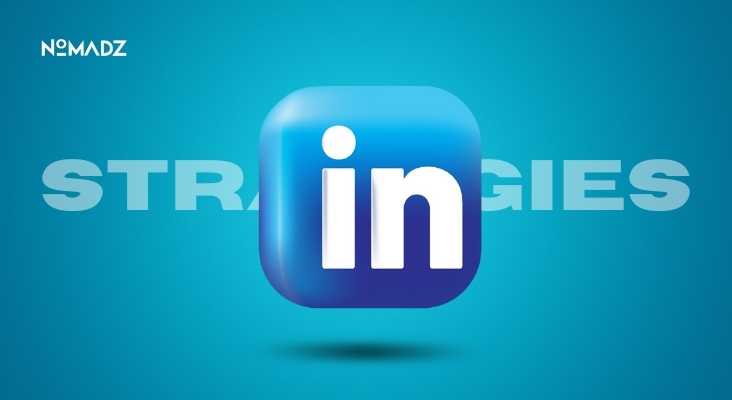Brand Collaboration and its Benefits
Today, with competition glaring, brand collaboration has become an important tool for many businesses to reach and measure their productivity better. Brand collaborations birth new products and marketing initiatives, ultimately achieving the mutual business objectives of both companies.
Through strategic partnerships, brands can reach new target customers and create hype in their sector through coordinated activities. Businesses benefit from brand partnerships by establishing their position in fashion, technology, or food markets. Proper brand partnerships enhance brand perception and customer participation.
What Types of Brand Collaborations Are There?
The following are the types of collab with brands:
Influencer Collaboration with Brands
Social media influencers help brands market their products effectively through sponsored content. Brands that gain the most success through better brand exposure and greater audience interaction come from influencers with strong followership. Influencer collaborations with brands are common and familiar in the fashion, beauty, and lifestyle industries.
Judging by posts through authentic use, potential buyers become inspired by the products.
Brand Partnerships
Multiple companies work in alliances to create innovative products and promotional initiatives. Through business partnerships, companies gain entry to fresh markets while simultaneously strengthening their brand image. Collaborating fashion brands use designers to create distinctive collection releases for their product market.
The brand partnerships allow both parties to leverage each other’s strengths and offer innovative solutions to customers.
Brand Collabs in Product Development
By collaborating on product development and introducing a new market product, the two brands pool their different skills and accelerate the production of original market solutions. Adidas and Kanye West’s collaboration on the Yeezy product line exemplifies this.
The collaborative effort produces an air of exclusivity that piques consumer interest and directly impacts sales and brand familiarity.
Influencer Designer Collaborations
Partnerships between brands and influencers who are also designers help brands develop unique collection designs. Influencer designer collaborations attract the influencer’s followers and the brand’s loyal customers. Luxury brands collaborate with distinguished personalities to create special product collections. These exclusive collections generate astonishing sales and strengthen consumer relationships.
Upcoming Designer Partnerships
Existing companies rejuvenate the market by teaming with new design talent to introduce innovative, creative offerings. Partnerships between established and emerging designers generate increased market exposure for both parties, helping them sustain their market position. Luxury brands employ this method to preserve the fashion industry’s dominant position.
Benefits of Brand Collaborations
These are the following benefits:
Increased Brand Exposure
Organisations build new customer segments through business partnerships with other brands. The collaboration between both brands creates larger combined client bases and expanded market territory that boosts brand awareness.
Higher Credibility and Trust
Brand collaborations strengthen credibility through partnerships with respected brands. Trust builds up for a brand by partnering with recognized influential figures and established companies.
Boost in Sales and Revenue
Brand collaboration drives sales by creating exclusive products or services. The limited availability of special edition team-ups makes consumers purchase these products more quickly.
Creative and Innovative Products
Creative collaboration between artists generates fresh, innovative products by combining their creative skills. Brands that combine their specific knowledge systems create innovative products that capture market attention.
Stronger Market Position
A successful brand collaboration helps businesses establish themselves as market leaders. The simultaneous connection with well-known companies boosts brand value and positions businesses at the forefront of their industry.
Cost-Effective Marketing
Brand collaborations allow businesses to share resources instead of spending heavily on traditional marketing. Through joint promotional strategies that lower advertising expenses, brands achieve efficient market penetration in large areas.
Factors of Successful Brand Collaborations
The following are the factors:
Finding the Right Partner
Your business needs to select a brand partner whose values align with your organisation and who targets the same customer demographic. The brands should form a natural business alliance that mutually benefits each other.
Defining Clear Objectives
Before beginning their collaboration, parties must establish their targets through the collaboration process. If you want your partnership to succeed, each objective must be clear. These objectives tell the partnership where to focus to grow sales, increase brand visibility, and increase customer interaction rates.
Understanding the Target Audience
Companies must examine their target consumer segments to ensure their partnership draws their primary customer base. A successful brand joint venture will generate customer value through shared audience demographics.
Create a Unique Benefit That Sets Your Product Apart
The business partnership must offer customers exclusive advantages. A USP requires special elements that create customer enthusiasm and drive purchase decisions.
Effective Marketing Strategy
Promoting collaboration is essential. Brand goals are achieved through social media networks and email communications, supported by digital partnerships with social media influencers who drive product care.
Legal and Contractual Agreements
Both businesses establish legal contracts that outline their responsibilities and advantages during their partnership. The agreements prevent conflicts and lead to successful project completion.
Measuring Performance
Analyzing key performance metrics is important for evaluating the success of brand collaborations. Businesses track sales numbers, customer interaction, and social media participation to measure the effectiveness of their partnership initiatives.
Conclusion
Brand collaboration is a powerful strategy that helps businesses expand their reach, build credibility, and increase sales. Companies achieve higher customer engagement through collaborations with influencers, product development initiatives, and designer partnerships, which create new, innovative products. Proper brand collaborations help companies improve their market standing while attracting additional customers.
Partnerships benefit from competitive business conditions to develop new market access points. Nomadz Digital and Innovation gives your brand unlimited potential to pursue additional heights of growth when they partner for collaboration opportunities.
FAQs
What is brand collaboration?
Brand collaboration occurs when two or more brands create unique products, campaigns, or services. This approach benefits businesses by allowing them to gain new customers and increase their brand visibility.
Do organisations benefit from brand cooperation?
Branding partnerships allow organisations to improve credibility and enhance customer interactions while collaborating. Influencers help brands establish better connections with their target audience through authentic promotion.
What are some examples of brand collabs?
Popular brand collaborations include Nike and Off-White, H&M and designer brands, and fast-food chains collaborating with fashion brands. The strategic alliances create excitement that attracts different types of customers to the partnership.
Why are upcoming designer partnerships important?
Upcoming designer partnerships help emerging talents gain exposure, allowing established brands to introduce fresh, innovative designs. Brand collaborations guarantee the brand’s ongoing importance to customers while simultaneously drawing younger followers to the brand.
Which essential steps do suppliers take to create successful partnerships that deliver their intended results?
Suppliers must choose suitable partners before defining their goals and developing unique propositions that require powerful marketing initiatives. When they collaborate, organisations can verify their planned outcomes through result evaluations.









Leave feedback about this